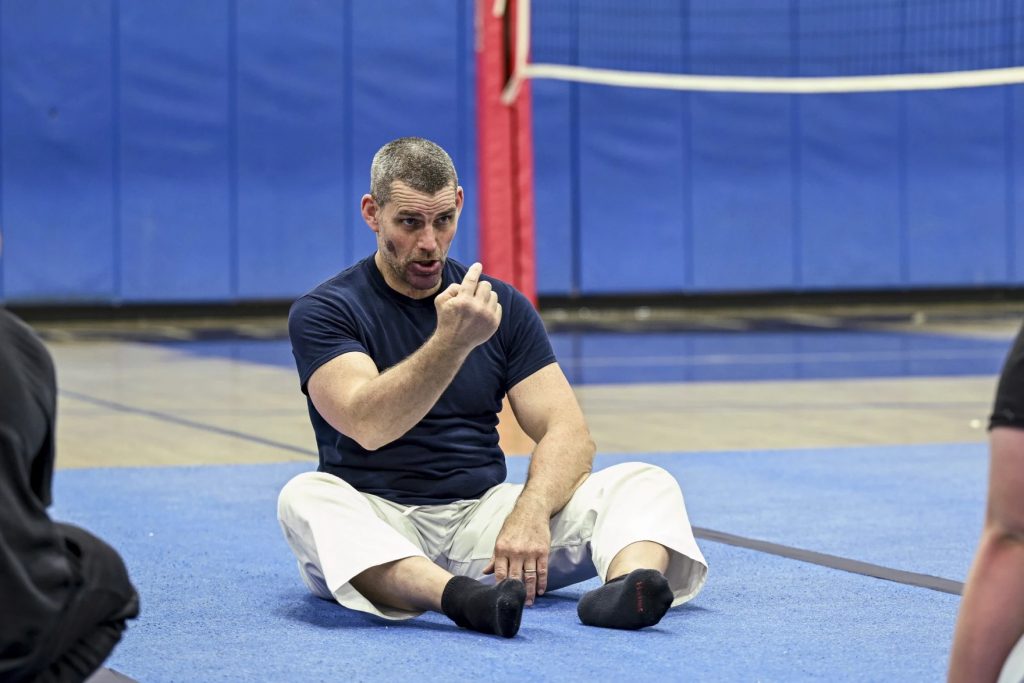Connecticut has been working to create opportunities to divert more kids away from juvenile court, and instead, provide opportunities and resources for justice-involved kids.
One alternative is Juvenile Review Boards. They connect kids with things like therapy and community service.
There are 90 Juvenile Review Boards, or JRBs, which serve 135 communities across the state. They receive referrals from several sources, but two of the most common are police officers and court officials, who funnel some children who break the law into alternative programs.
State Rep. Robyn Porter, who co-chairs a Juvenile Justice Policy and Oversight Committee (JJPOC) workgroup, said these programs can provide better outcomes by addressing the root causes of crime.
“It gives the Juvenile Review Board an opportunity to deal with these youth and their traumas,” she said.
However, the committee has focused recently on whether kids in Connecticut receive equal access to diversionary programs. In July, committee members received a new compilation of statewide data regarding youth programming, including a breakdown of JRB cases by age, race, gender and geography.
Porter said the numbers point to a lack of opportunity for Black and brown children. Preliminary figures show Juvenile Review Boards handled more cases involving white children than Black children during the past year. That’s despite more Black kids receiving juvenile delinquency referrals to appear in court than white children.
White children comprised about 37% of cases in which a court summons was issued during the 2023 calendar year, while Black kids comprised about 40%, according to data reviewed by The Accountability Project.
During the 2024 fiscal year, an estimated 48% of Juvenile Review Board cases involved white kids, while about 30% involved Black kids, according to a presentation shared with the workgroup this summer.
Porter said the disparity is striking because Black children are already overrepresented in the juvenile justice system. Black kids in the state receive court referrals at a rate nearly five times higher than the rate for white children, state data shows. The rate was about 1.8 times higher for Latino children during that same period, from 2019 to 2023, state data shows.
A delinquent referral by law enforcement is the starting point for a juvenile court case. It happens after police arrest a youth suspected of committing a crime. At each step in the process, from an initial arrest, to later involvement with the judicial system, bias can influence where children are sent.
“When we have diversionary programs, we have programs that are progressively addressing reentry, that first dibs priority goes to the white, privileged population,” Porter said. “I don’t think that that’s fair, because they are not the population of people that are disproportionately impacted.”
Connecticut Public previously profiled one alternative program for troubled youth. Every weekday at Ansonia High School, a group of about half a dozen students start their days at 5:30 a.m., running and crawling around. They jump rope, lift weights and learn judo and jiujitsu, led by a school resource officer. Once they successfully complete the program, the summons they received isn’t formally processed in court.
Porter said the JJPOC is looking at how to provide more equitable access to such programs. She said there should be more communication with families of justice-involved kids, to address the root causes of crime, and to make sure kids are getting what they need.
“What they need are the resources,” she said. “Those resources could make all the difference in turning a youth around and putting them back on the right track.”
This story was first published Sept. 16, 2024 by Connecticut Public.

